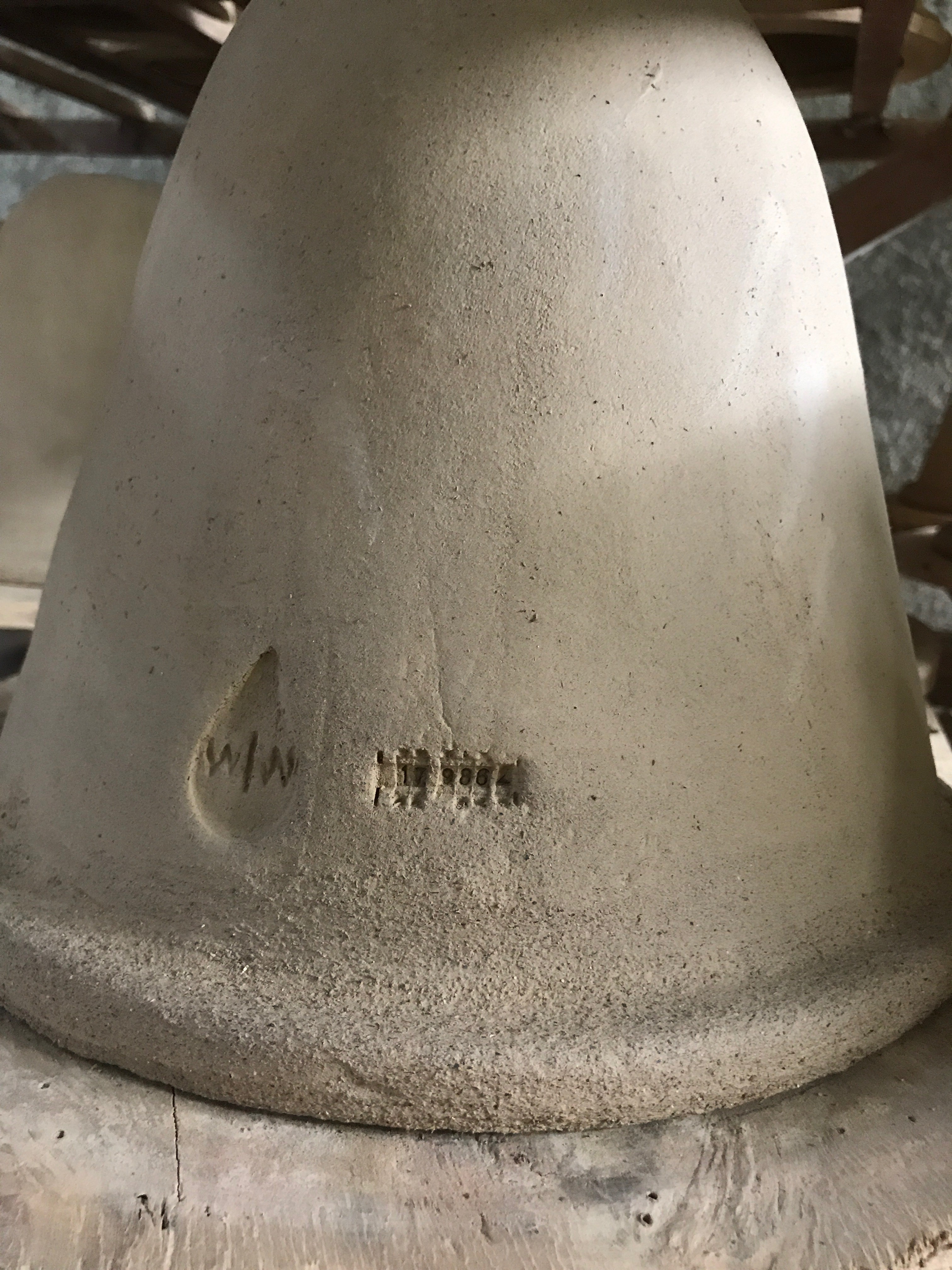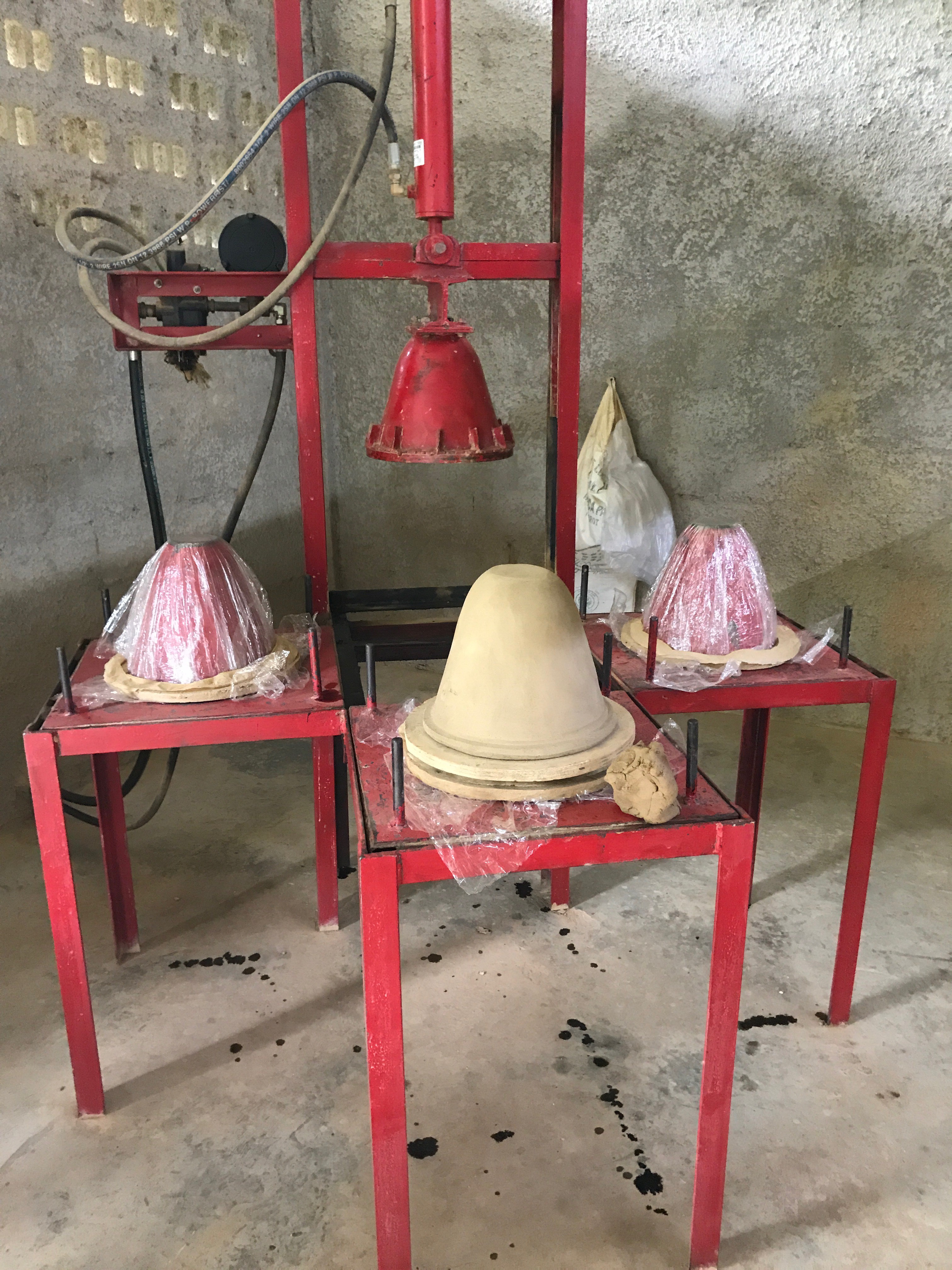
Whitney Weidenbenner, an engineer at Wessler, has been involved with the organization Wine To Water for four years, including two volunteer trips. Below is a blog about her experiences with the organization as well as its purpose.
Wine To Water, a nonprofit organization based out of Boone, North Carolina, has a volunteer base that stretches across the United States. Since its conception in 2004 and eventual launch in 2007, Wine To Water staff and volunteers have worked to bring a sustainable and consistent source of potable drinking water to 850,000+ individuals. Doc Hendley, founder and 2009 CNN Hero, and his team have helped to create an expansive organization employing more than 50 people and working in 45 countries and counting!

I personally have been involved with the organization for four years and have gone on two volunteer trips: one to Nepal and the other to the Dominican Republic. Both trips were unbelievably impactful and only increased my desire to further my engineering career in the drinking water industry.
In this blog, I want to highlight my experience in the Dominican Republic, which included working with single-family ceramic water filters and learning how very simple engineering can dramatically increase effectiveness, reduce costs and change thousands of lives.
Ceramic water filters date back to the early 1800s during the height of the Industrial Revolution when John Doulton discovered a way to use his ceramics to rid water of cholera bacteria. Since then, the simple concept of using porous, water-permeable clay for means of filtration has maintained its relevance. Over the past two centuries, Doulton’s original ceramic pot design has been modified to add carbon and/or elemental silver to remove bacteria.
In the Dominican Republic, traditionally, porous ceramic filters have been painted with liquid silver. This paint allows Dominicans to drink collected rainwater without the threat of waterborne illness. There is, however, a problem with this tactic. Over the lifetime of a painted ceramic filter, the silver paint to chips away from the pot and releases into filtered water, causing two main issues:
- Unpainted areas of the filter are rendered inadequate for bacterium removal.
- Trace amounts of silver solids can be ingested when drinking the water.
 Understanding these problems, Radhames Carela, a ceramic artist, began working with Agua Pure in the Dominican Republic to produce ceramic filters with liquid silver mixed into the clay prior to shaping and firing, allowing the filters to last longer and cutting replacement costs, as well as offering a solution to the adverse effects of silver paint. Testing results confirmed the filtration properties of the silver remained intact through the drying and kiln-firing process.
Understanding these problems, Radhames Carela, a ceramic artist, began working with Agua Pure in the Dominican Republic to produce ceramic filters with liquid silver mixed into the clay prior to shaping and firing, allowing the filters to last longer and cutting replacement costs, as well as offering a solution to the adverse effects of silver paint. Testing results confirmed the filtration properties of the silver remained intact through the drying and kiln-firing process.
With the desire to improve lives, the Agua Pure team partnered with Wine To Water and they began working together to fund the fabrication and distribution of these filters across the Dominican Republic and Haiti.
Wine To Water’s ceramic water filters reliably remove 99.99% of organic contaminants and last a minimum of five years for a family of five, which is 2.5 times longer than most other ceramic filters.
In conjunction with education and training, Wine To Water's and their filters are changing the water landscape of the entire island. The organization's efforts and reach have grown so much that a sister factory has been developed in Tanzania, which Carela helped start.
Overall, more than 126,651 individuals in Hispaniola (the name of the island Haiti and the Dominican Republic are located on) have gained access to clean water through filters distributed by Wine To Water. In the coming year, the Wine To Water team will produce another 3,000 ceramic water filters to benefit an estimated additional 12,000 people there. Those at the new Tanzania factory plan to distribute 2,000 filters per month!
For more information on Wine to Water and how you can help, visit https://www.winetowater.org/.
Tags
